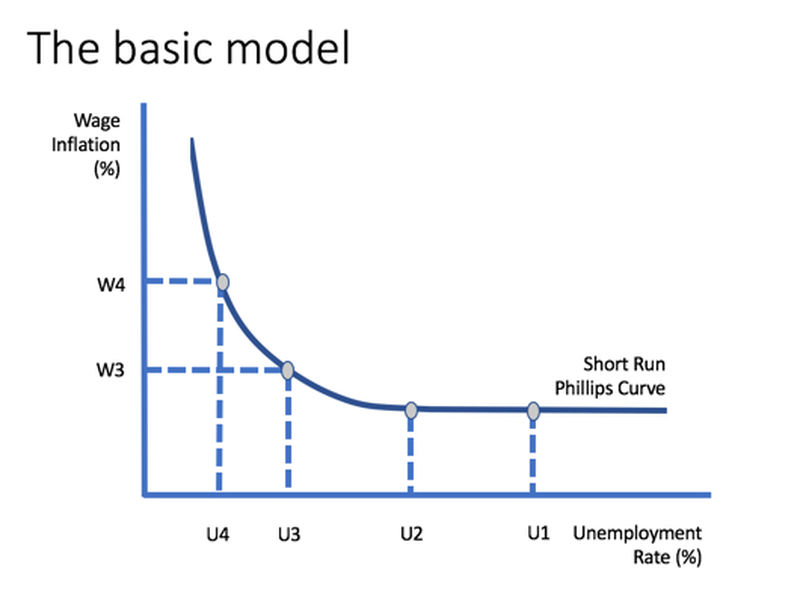What Is The Employment Rate?
A Comprehensive Guide to Understanding Employment Rate and Its Definition, Measurement, and Economic Significance.
By reading the article “What is the employment rate?” Published in the Adaas Capital, you will be introduced to the concept of employment rate and its impact on the economy. This level of familiarity can be enough when you need educational information about this topic.
The Podcast Is Published For YOU!
Table of Contents
What is the employment rate exactly?
The employment rate is an important and significant factor for the economy at different levels of society and is used to measure the health of a country’s economy. Employment indicators are used as an important component in calculating other economic indicators such as GDP.
Before fully examining the issue of employment in society and its various dimensions, we will deal with the concept of employment. Employment means being busy with a job or an activity that creates benefits for the person doing it, these benefits can be financial.
The Impact of Employment Rates on the Economy
The employment rate in a society indicates the level of health and economic power of a country because production and employment are the beating heart of any economy to which the government pays much attention.
The employment rate can somehow be introduced as the level of welfare of society. Why? When the employment rate in a society increases, the income of the people in that society automatically expands and people will have a higher purchasing power.
How to Calculate the employment rate?
The employment rate in a society is defined when it includes employment in both service and production fields so that employment in various dimensions of mining and extraction includes industrial production and services.
To calculate the employment rate in a society, the total number of employed labor must be divided by the total labor force to obtain the employment rate.
Since people and even politicians pay attention to the improvement and prosperity of the labor and production sector, employment as the most important indicator shows economic recovery and return to prosperity. When the economy is in a recession, labor is reduced in most cases, and it is natural that even with the return of economic prosperity, time should be spent to psychologically gain the trust of the labor market and employer levels. Employment reports have a very high impact on financial markets. They have the ability to announce the timing of business cycles.
How Unemployment and Employment Reports Statistics Arise in the United States
Employment reports in the United States consist of two separate survey models:
A sampling of economic enterprises and commercial institutions: In this method, 400,000 economic enterprises are sampled. The result of this statistical study is the list of employees and wage earners in the non-agricultural sector, the figures of average weekly working hours, and the average hourly income of employees. (Non-agricultural sector refers to government jobs and various sectors of the economy such as industry, services, construction, mining, and retail).
Household Sampling: More than 50,000 households in the United States participate in this random sampling and survey every month. The results of this study determine employment and unemployment statistics. This data examines the total hours worked and the number employed.
This type of survey and sampling is less important than the other type because it is less accurate, because people may sometimes be less inclined to declare unemployment.
The unemployment rate cited in this statistic is delayed and does not have the ability to predict recession and recession and only gives us a picture of the current situation.
Both types of sampling measure the level of employment and the situation of the labor sector from different angles, and finally, by creating an employment report each month, they show a broad view of economic activities. Due to the breadth and variety of samples collected, employment and unemployment rates may vary significantly from month to month.
Phillips Curve and Employment rate
Australian economist Arthur Phillips reached an interesting relationship in 1985 based on statistics on wages and unemployment between 1957 and 1961. He concluded that there is an inverse relationship between the unemployment rate and the wage rate. Thus, as the unemployment rate rises, the percentage change in the wage rate decreases.
Phillips’ analysis, which was based on statistical data, has been criticized by many experts for some time, but his views are now used to analyze macroeconomic issues such as inflation and employment. Phillips’ analysis expanded in the years that followed. According to this theory, there is an inverse relationship between inflation and unemployment.
Arthur Phillips, an Australian economist, found an interesting relationship in 1985 based on wage and unemployment statistics from 1957 to 1961. He concluded that there is an inverse relationship between the unemployment rate and the wage rate. Thus, as the unemployment rate rises, the percentage change in the wage rate decreases.
Governments and employment rate
Governments can change the employment rate of society by using monetary policies and financial instruments. Governments generally use expansionary and contractionary monetary policies to change inflation. But before mentioning the impact of these policies on the employment rate, they must first be defined.
Expansionary monetary policy is a situation in which governments lower interest rates to get out of the recession and recession in the economy and increase liquidity in society and create inflation in society.
A contractionary policy is a policy in which governments raise interest rates to control inflation so that the cost of keeping money in the community increases so they put their money in the banks.
In general, more employment will be possible with more inflation, because as long as the interest rates on loans as well as deposits with the bank are high, money will not enter the production cycle. However, when production does not increase, the unemployment rate automatically rises.
The end words
At Adaas Capital, we hope that by reading this article you are fully acquainted with the answer to the question “What is the employment rate?” You can help us improve by sharing the article “What is the employment rate?” Published in Adaas Investment Magazine, and help optimize this article by submitting your comments.
References
FAQ
What is the employment rate?
Employment means being busy with a job or an activity that creates benefits for the person doing it, these benefits can be financial.
What is the formula for calculating the employment rate?
To calculate the employment rate in a society, the total number of employed labor must be divided by the total labor force to obtain the employment rate.






